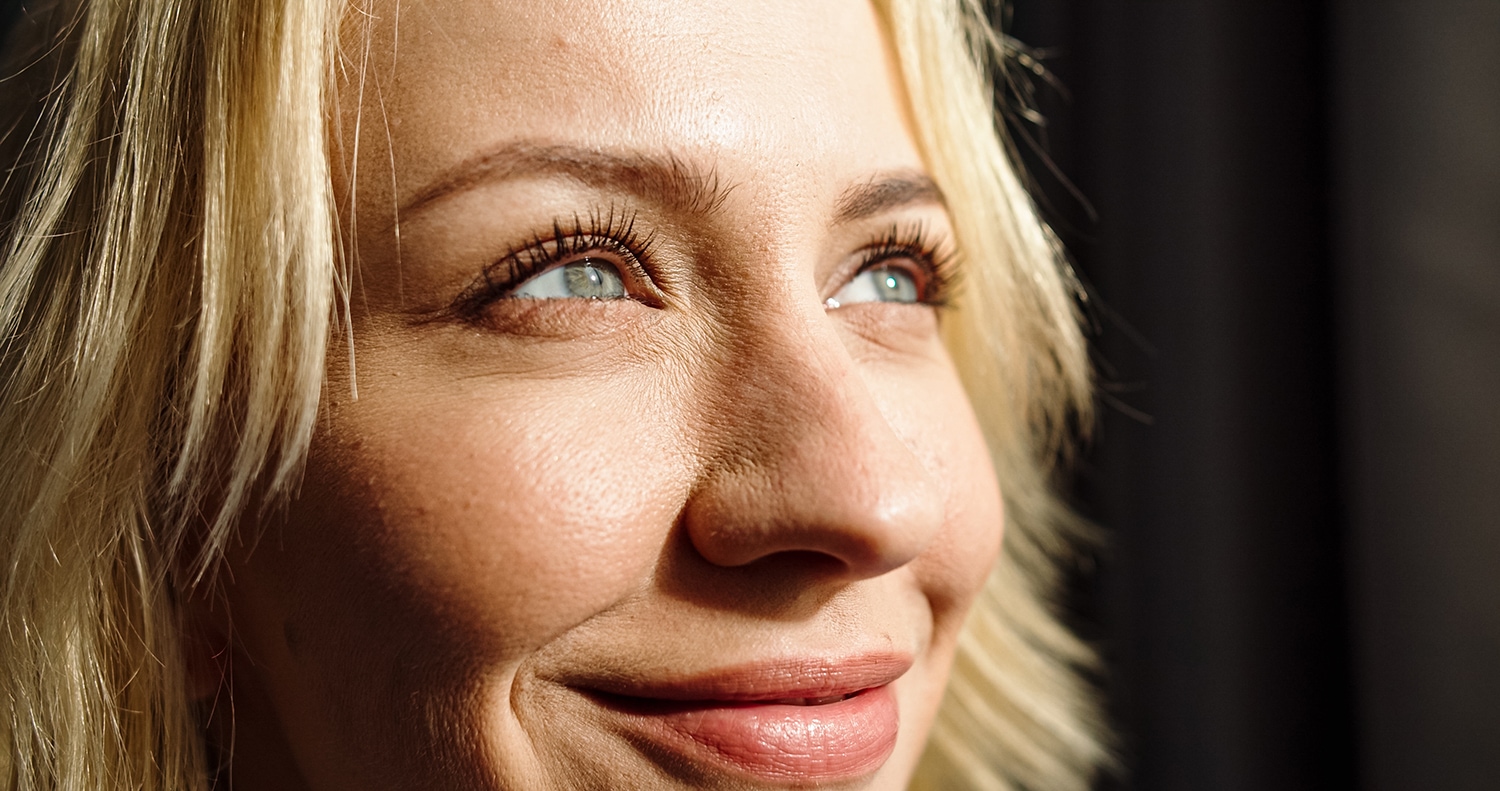How Is a Laser Eyelid Lift Different From Traditional Blepharoplasty?

Patients often experience signs of aging above and below the eyelids, from skin laxity and excess skin to wrinkles, fat bulges, and hollow circles. In such cases, Dr. Mark Richards may recommend eyelid surgery. Also known as “blepharoplasty,” this procedure has been a popular aesthetic treatment for over 100 years and has undergone many refinements.
In this ever-evolving technological age, top surgeons have begun to use CO2 lasers to perform blepharoplasty. Dr. Richards generally prefers this advanced technique, which can make for a quicker recovery period and more precise results. Below, he discusses the primary differences between traditional and laser-based eyelid surgery – which lie mainly in the capabilities of the tools being employed.
Specifically, traditional blepharoplasty uses a scalpel to gain access to the area of concern and remove excess skin and fatty tissue. In laser eyelid surgery, this step is performed with a state-of-the-art laser; these lasers are designed to seal blood vessels and reduce bleeding and bruising throughout the course of the procedure. The laser’s ability to minimize tissue trauma generally leads to less swelling and bruising, ergo a smoother healing process.
Highly precise laser incisions are useful in the tiny space on the inside of the lower eyelid for fat pad removal, leading to a virtually invisible incision. Additionally, powerful-yet-gentle CO2 lasers can resurface the skin around the eyes, creating lighter, smoother, and tighter elastic skin. These are effects that traditional eyelid surgery cannot provide, making the laser method more ideal for the majority of patients needing lower eyelid improvement.
With this in mind, an experienced plastic surgeon should be able to achieve excellent results with either strategy. The right technique for your eyelid surgery will depend on a variety of factors.
Dr. Richards will be happy to discuss your desired outcome, anatomic needs, and cosmetic concerns during your initial consultation. Schedule this first-time appointment today!
Editor’s note: This blog was originally posted on November 9th, 2016.